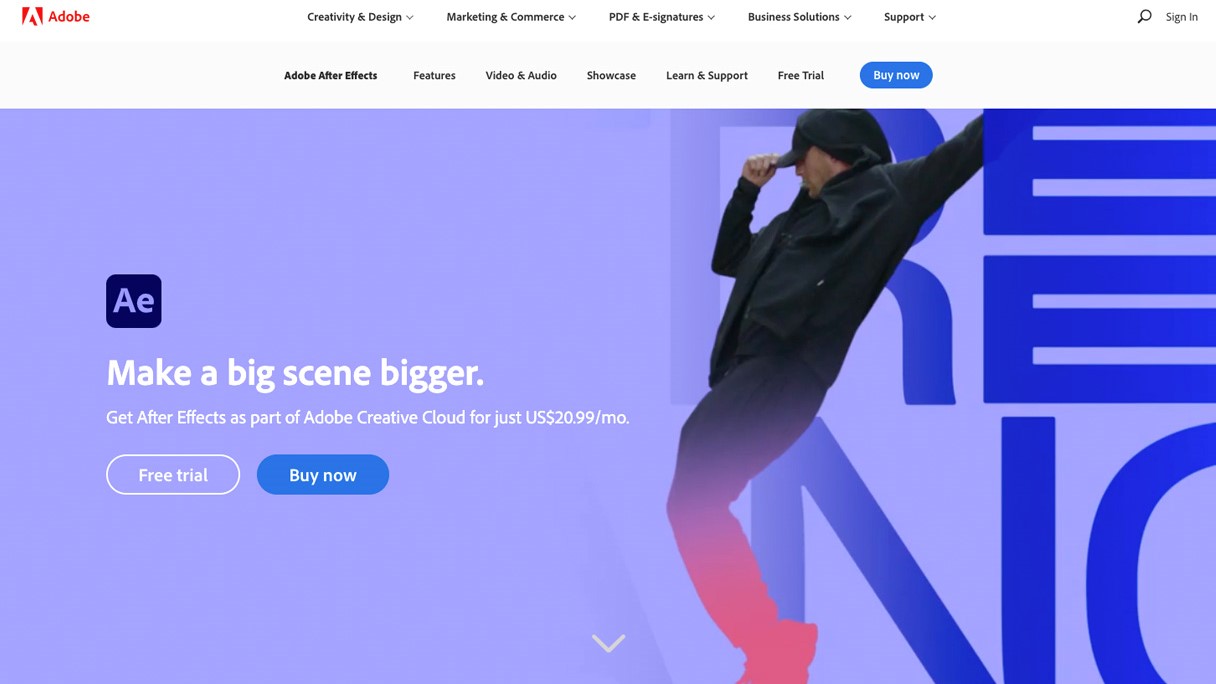
Open the paint layer, like we did in the previous step, and change “paint on transparent” from off to on.

For most rotoscoping projects, you’ll want to remove the original video reference and add a background of your own. You can delete a brush using your computer’s delete key or modify the length of a brush by dragging the beginning and endpoints back and forth in the timeline. Scroll until you find the brush you would like to delete or modify. You should be able to see all of the brushstrokes you have created, each spanning the number of frames it occupies onscreen. (If you are using a frame duration of 2, you’ll have to press the right arrow key twice, since you’re skipping two frames.) To delete a brushstroke or change its duration, click the down arrow beside “effects” in your timeline window. If you have finished your first frame, press the command and arrow keys at the same time to skip to the next frame in the reference video. Use the command key and arrow keys to advance to the next frame.Once your paintbrush has a color, size, and duration, you may begin painting over your first frame! For most of the video, I used a frame duration of 1 for the upper body and 2 for the lower body-though I used single frames for faster sections of legwork as well. In this example, my dancer’s arms move faster than his legs. It’s okay to switch the frame duration throughout this project depending on the speed of the video’s motion. However, slower video footage works fine with a frame duration of 2 or even 4. For fast-moving motion, you will want to work with single frames. The lower the number, the longer it will take you to animate-but the more complex the animation will be. This will indicate how many frames of motion your paint strokes will be on-screen for. Set your frame duration in the “paint” panel.You can mess around with the settings in this menu and use whatever you would like. The color scribbles beneath were roughly twice as thick. In this example, I created my black outline using a brush with a 15 px diameter. Once this is created, you can select your paintbrush as well. Double-click the brush tool ( ) on the video to create a paint layer.Animating one second of motion might take you as long as thirty minutes, so don’t select a long clip unless you have plenty of time on your hands.

Create a composition from the video layer. To begin, drag your reference footage into Adobe After Effects. Bring your video into After Effects and choose a small portion to animate.


 0 kommentar(er)
0 kommentar(er)
